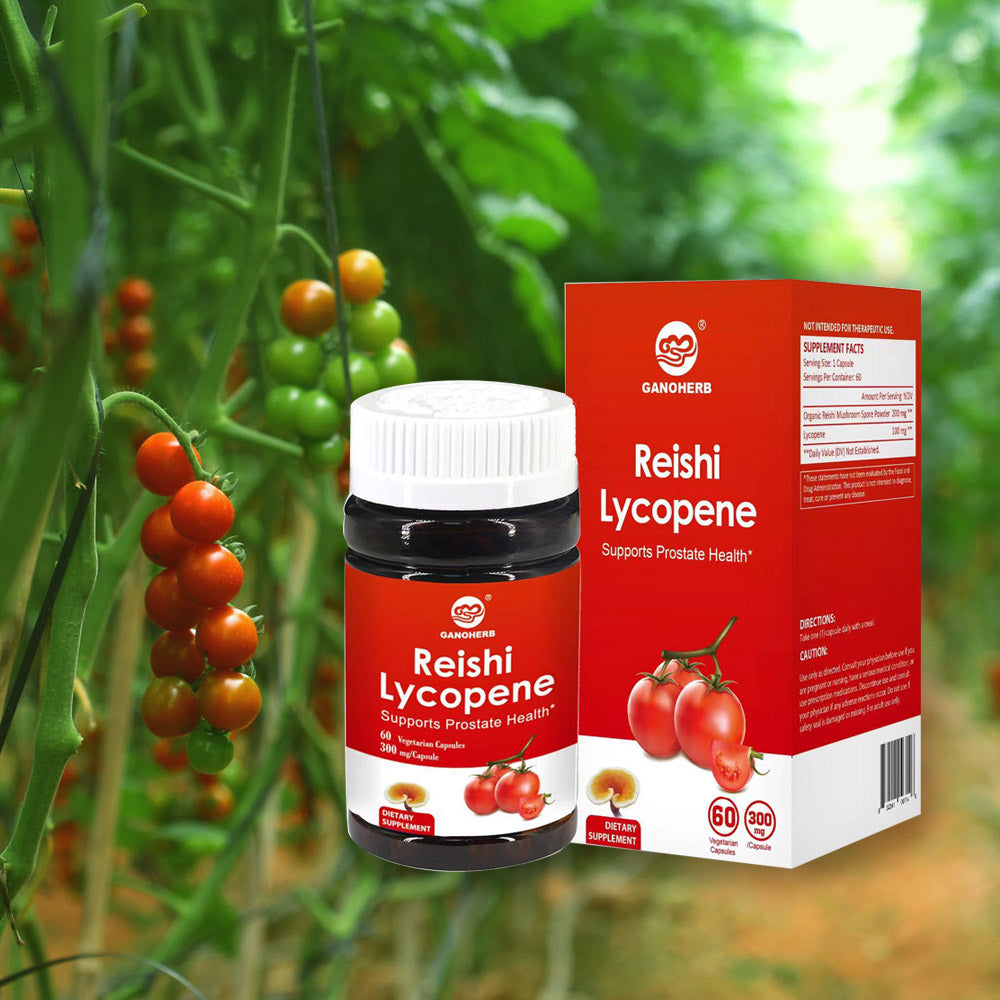Reishi Mushroom Drink: Exploring the Essence Beyond the Hype
The term reishi mushroom drink evokes a certain mystique, conjuring images of ancient brews and deep forest lore. While often discussed in specific contexts, the world of reishi mushroom beverages extends far beyond. This complex fungus, Ganoderma lucidum, lends itself to unique preparations enjoyed for centuries across various cultures. Let's delve into the multifaceted story of the reishi mushroom drink, exploring its roots, creation, sensory profile, modern interpretations, and cultural significance, focusing purely on its essence as a unique consumable.

1. The Deep-Rooted History and Cultural Significance of Reishi Mushroom Drinks
Long before modern extraction methods, cultures in East Asia, particularly China and Japan, discovered ways to unlock the essence of the tough, woody reishi mushroom. Creating a reishi mushroom drink was a deliberate and often ceremonial process. The mushroom, revered as the Mushroom of Immortality in ancient texts primarily for its symbolic representation of resilience and rarity rather than specific properties, was difficult to consume raw. Thus, simmering slices or powdered reishi in water for extended periods became the traditional method. This slow decoction, sometimes lasting hours or even days, yielded a deeply colored, intensely flavored liquid. This reishi mushroom drink wasn't a casual beverage but often held a place in ritualistic or ceremonial contexts, valued for its distinct character and connection to nature. The preparation itself was seen as an art, reflecting patience and respect for the ingredient. Monasteries and herbalists often held specific knowledge about the optimal preparation techniques for this unique infusion, passing down methods through generations. The resulting brew was a testament to transforming a challenging natural resource into a consumable form, embodying cultural ingenuity.
2. The Art and Science Behind Crafting a Reishi Mushroom Drink
Transforming the notoriously woody and bitter reishi mushroom into a palatable drink requires specific techniques. The traditional method involves a prolonged hot water extraction. Thinly sliced or coarsely ground dried reishi is simmered gently in water. This slow, sustained heat helps break down the mushroom's tough chitinous cell walls, releasing soluble compounds, polysaccharides, and triterpenes into the water, contributing to its characteristic color, aroma, and taste. The resulting liquid is a concentrated reishi mushroom drink base, often very potent and requiring dilution.
Modern production leverages technology for efficiency and consistency. Large-scale manufacturers often use techniques like:
Hot Water Extraction Under Pressure: Similar to traditional simmering but faster and more controlled, often yielding a more consistent extract.
Submerged Fermentation: Growing the reishi mycelium (the root-like network) in large liquid vats under controlled conditions. The resulting broth, containing metabolites released by the fungus, is then filtered and processed into a liquid concentrate or powder used to formulate the final reishi mushroom drink.
Spray Drying: Converting liquid reishi extract into a fine powder, which is highly soluble and convenient for instant drink mixes or adding to other beverages.
Whether crafted in a small pot over a wood fire or in a state-of-the-art fermentation facility, the core goal remains: to extract the essence of the reishi mushroom into a water-soluble form suitable for drinking. This process defines the fundamental character of any reishi mushroom drink.

3. Understanding the Distinct Sensory Profile: Taste, Aroma, and Appearance
To approach a reishi mushroom drink expecting familiar flavors like fruit or sweetness is to be unprepared for its unique sensory signature. The taste profile is predominantly defined by its bitterness, often described as earthy, woody, and lingering. This bitterness is inherent to many of the compounds extracted from the mushroom. Alongside the bitterness, there can be subtle umami notes, sometimes reminiscent of mushrooms or broth, and occasionally very faint hints of smokiness, depending on the drying process used for the raw material. Acidity or sweetness is generally absent unless deliberately added during formulation.
The aroma is equally distinctive. A quality reishi mushroom drink typically offers a deep, earthy fragrance, sometimes with woody, leathery, or slightly musty undertones. It evokes the damp forest floor or aged wood. The visual aspect is usually striking: the liquid ranges from deep amber and reddish-brown to almost black, often opaque and dense. Sediment may sometimes be present, especially in less filtered traditional preparations or certain powdered mixes. This unique combination of intense bitterness, deep earthiness, and dark appearance makes experiencing a reishi mushroom drink a truly singular sensory event, unlike any common tea, coffee, or juice.
4. Modern Interpretations: Reishi Mushroom Drinks in Contemporary Beverage Culture
The traditional, potent reishi decoction is finding new expressions in today's diverse beverage landscape. Recognizing the challenging taste profile for mainstream palates, modern producers are innovating:
Blended Beverages: Many popular commercial reishi mushroom drinks combine the reishi extract with other ingredients to create more approachable flavors. Common pairings include rich cocoa (creating earthy mushroom hot chocolates), aromatic coffee (adding depth to lattes), tangy citrus juices (to counterbalance bitterness), soothing herbal teas (like chai or mint), or creamy nut milks. These blends aim to retain the reishi essence while offering a more complex and enjoyable drinking experience.
Convenience Formats: Beyond bottled drinks, reishi mushroom drink options include soluble powders (stirred into hot water, smoothies, or other beverages), liquid concentrates (added drop by drop), and even capsules containing powdered extract dissolved in liquid. These formats cater to modern lifestyles seeking ease of use.
Functional Beverage Ingredient: Reishi extract is increasingly appearing as a component in the broader category of functional beverages and nootropics, positioned alongside ingredients like adaptogenic herbs or vitamins. Here, the reishi mushroom drink element contributes to the blend's unique character and complexity.
Culinary Exploration: Some chefs and mixologists are experimenting with reishi mushroom drink concentrates or powders as unique flavoring agents in broths, sauces, cocktails, and even desserts, leveraging its deep umami and bitter notes for culinary creativity.
This evolution reflects an effort to integrate the ancient essence of the reishi mushroom drink into contemporary consumption habits and flavor preferences.
5. Sourcing, Sustainability, and the Future of Reishi Mushroom Drinks
The growing interest in reishi mushroom drinks naturally raises questions about the origin and future of the raw material. Traditionally, reishi was foraged from old-growth forests, growing on decaying hardwood logs. This wild source is rare and unsustainable for large-scale production.
Modern supply chains rely heavily on cultivation. Reishi mushrooms are grown commercially in controlled environments:
Log Cultivation: Inoculating hardwood logs (often oak or maple) with reishi spawn and allowing the mushroom to fruit under shaded, humid conditions. This method mimics natural growth but is more manageable.
Sawdust/Bag Cultivation: Using sterilized bags filled with a substrate blend (like hardwood sawdust and grains) inoculated with reishi mycelium. This is highly efficient and scalable for mass production.
Sustainability considerations are crucial:
Wild Harvesting Impact: Responsible sourcing avoids depleting wild reishi populations, which play ecological roles in forest decomposition.
Cultivation Practices: Sustainable cultivation involves using renewable substrate sources (like agricultural waste streams), efficient water and energy use, and avoiding harmful pesticides or chemicals. Certifications like organic can indicate adherence to certain standards.
Traceability: Consumers increasingly seek transparency about where and how the reishi in their drink is grown and processed.
The future of the reishi mushroom drink market hinges partly on addressing these sustainability challenges. Continued innovation in efficient, low-impact cultivation methods and transparent supply chains will be key to ensuring the long-term viability of reishi as a unique beverage ingredient. As consumer awareness grows, demand for ethically and sustainably produced reishi mushroom drinks is likely to increase.
The reishi mushroom drink stands as a fascinating testament to human ingenuity in transforming a naturally challenging resource into a consumable form. From its deep roots in ancient ceremonial preparations to its modern interpretations in lattes and functional blends, it offers a sensory experience unlike any other beverage – defined by profound earthiness, characteristic bitterness, and a rich, dark appearance. Understanding its traditional preparation methods, distinct flavor profile, evolving place in contemporary beverage culture, and the critical importance of sustainable sourcing provides a comprehensive appreciation for this unique concoction. Whether sipped as a simple, potent decoction or enjoyed as part of a modern, flavored blend, the reishi mushroom drink remains a singular and intriguing element in the diverse world of beverages. Its story is one of cultural heritage, sensory exploration, and ongoing adaptation.











